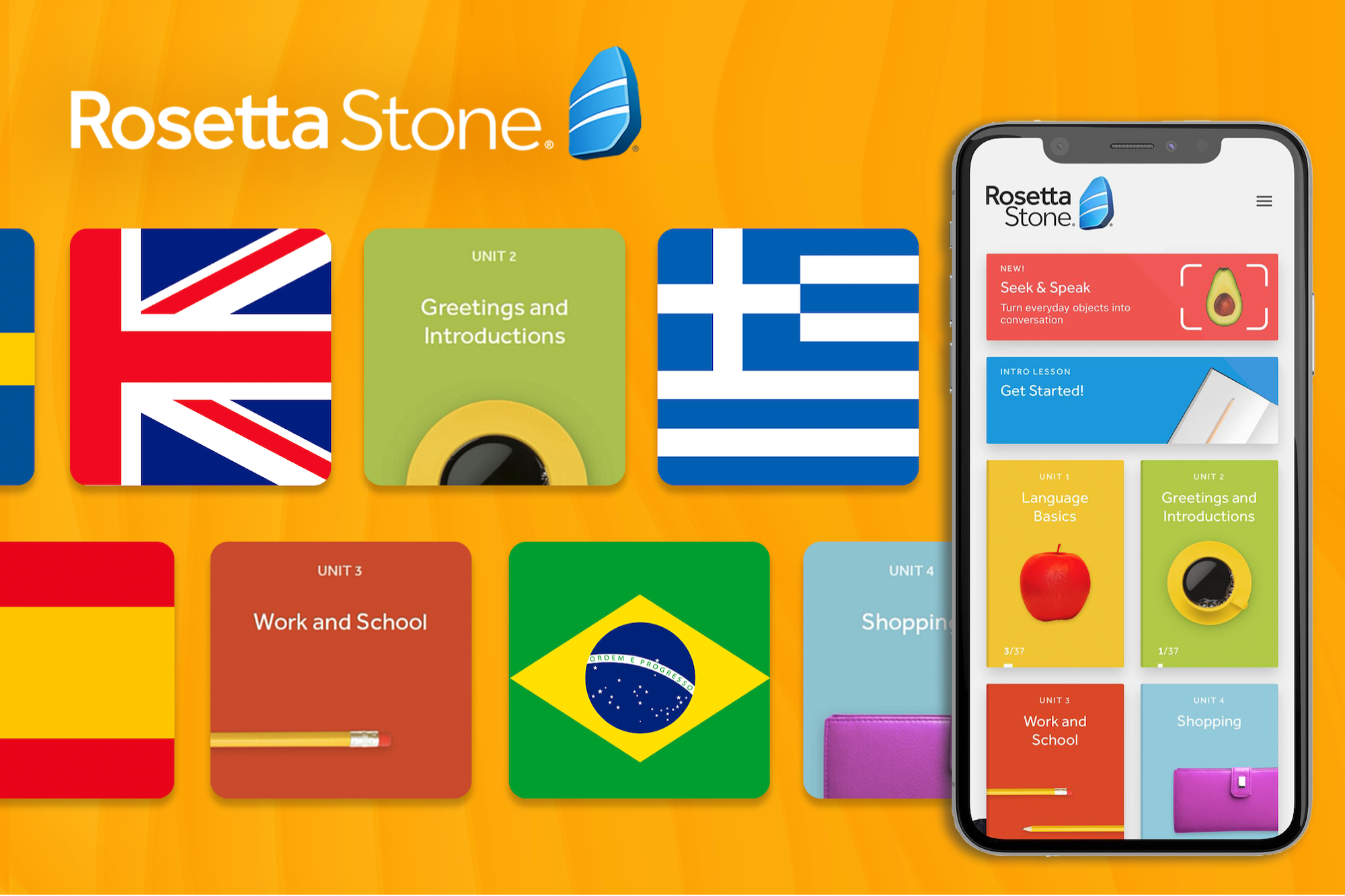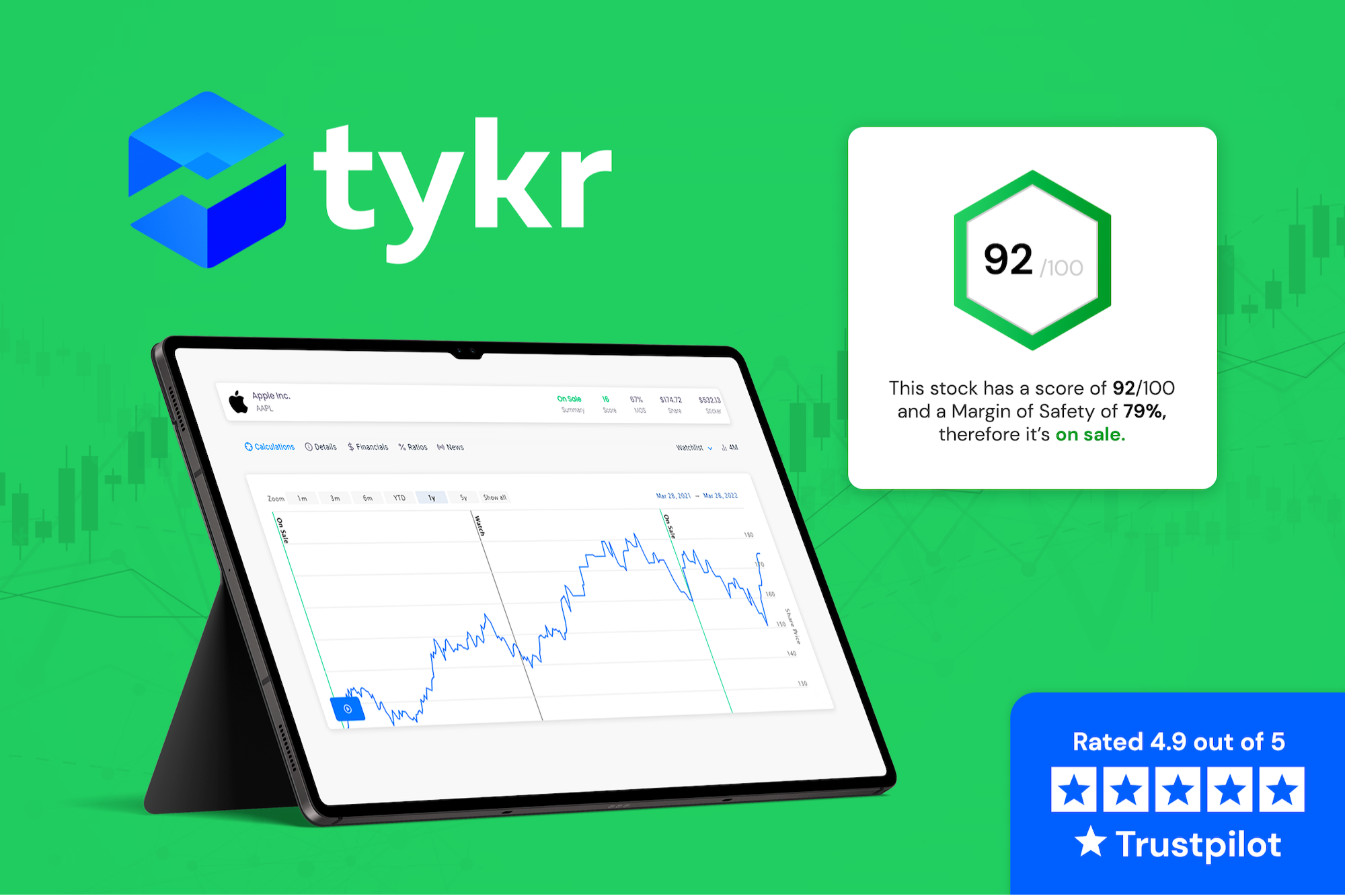
7 Ways Marketers Can Reach Gen Z
A generation ago having a mobile phone, let alone a computer, that fits in your pocket was a novel thought but Generation Z was born with a mobile phone in hand. Today that mobile phone is a smartphone more powerful than the supercomputers of a few years ago. This cohort of consumers is more connected than any other, making them perhaps the most accessible age group of all time. Though the market is ripe for businesses, marketers and brands have consistently struggled to build relationships with this new generation of consumers.
Here are seven ways marketing experts are reaching Gen Z correctly.
1. Use the right ‘ROI’.
“When I hear ROI, I think of return on interaction, rather than investment,” says Connor Blakley, co-founder of YouthLogix. “You have to talk with them, not at them. Through meaningful interactions, you find connection points between your brand and the consumer. ”
Don’t use a social media channel like Snapchat as though it’s a modern day version of TV. Engage with, and listen to, your audience. The most successful Gen Z marketers spend time listening to customers and understanding what they want rather than throwing out solutions and hoping something sticks.
2. Be authentic.
“Be real,” says Greg Witt of Immersive, a youth insights and marketing agency. “At a time when mall brands like Pac Sun, Quicksilver and Wet Seal are struggling to connect with Gen Z, brands can take cues from Levi’s,” Witt says. “Levi’s strategy is to push it’s realness and relatability throughout targeted niche cultures with engaging experiences that appeal to young people who want access to the brand’s authenticity.”
Levi’s strategically selects brand ambassadors who fit their DNA. They may not be the most popular influencers, but they have personalities that “fit” the brand. “Authenticity is no longer an option for brands targeting Gen Z. It takes a clever blend of realness and relatability for brands targeting teens to be successful,” Witt said.
3. Think fast.
With so many demands and options to choose from, today’s youth seem to value their time more than their predecessors. It’s not that youth have a short attention span. Many millennials and Gen Z read thousands of pages of Harry Potter, and they’ll binge watch half a season of a TV show in a single sitting, but content can lose their interest in an instant.
“Brands need to get to the point quickly,” said Jordan Gonen, a writer and growth consultant. “Otherwise, Gen Z will move on. They know they’ve got plenty of other choices.”
Think of concise tweets and punchy, to-the-point videos. Notice that YouTube makes you watch ads for five seconds before you can skip to the content you want? You better make sure you make an impact in those five seconds, because it might be the only chance you get.
4. Go native.
“The top marketers today understand their customers at a fundamental level,” says Josh Steimle, CEO of digital marketing agency MWI and author of Chief Marketing Officers at Work. “We’re working with The Berrics right now whose audience is largely males in their teens and early 20’s and the reason Steve and Eric Gen Z have been so successful with their marketing is because they grew up in the skateboarding industry and they know their customers inside and out. It’s like learning a language- — if it’s not what you were raised with you’ll never understand it intuitively like a native.”
Steimle, a skater himself, says there’s no amount of research or data that can replace being a member of the audience you’re targeting.
“We’re very strategic about the activations we choose to pursue and the influencers we collaborate with,” says Everette Taylor, a youth marketing expert and VP of Marketing for Skurt, a rental car delivery service. “Staying on brand and authentic to your audience is extremely important. We’ve found that guerilla tactics and genuinely being a part of the communities we serve have been the most successful marketing campaigns. Optimizing for word of mouth is always the most effective and cheapest form of marketing.”
If your company doesn’t have people who have empathy for the younger generation, factor that into your hiring. Nike failed miserably to enter the skateboarding market in the 90s despite ample marketing budgets. It wasn’t until Nike put skateboarders in control of designing and marketing the footwear that they succeeded in bridging the gap.
5. Focus
Many companies spread themselves thin, trying to speak too many languages to too many types of consumers. We often worry that by focusing on one audience we’ll lose others, but don’t worry about restricting your customers to Gen Z, by 2020, they’ll account for 40 percent of all consumers.
6. Strive for instant gratification.
Humans naturally enjoy being rewarded immediately rewarded, but Gen Z only knows a world with the immediate gratification of the Internet Age. With attention spans plummeting (down to eight seconds), 30 percent of users are only given content five seconds before leaving. Brian Solis, Principal Analyst at Altimeter Group, and author of X, The Experience When Business Meets Design. “Those that do not cater to them will find their market shrinking over time. Gen Z in particular, will find alternatives. If they can’t, they’ll build them.” Bring consistent value, keep your content digestible, or risk losing loyal followers.
7. Thank them with rewards.
The loyal customer is often willing to trade their name and email address for a gift card. Chipotle gamified it, creating guachunter.com to incentivize customers with free guacamole. “Making your online offers complex and involved, rather than simple and straightforward, may seem counterintuitive,” says Deep Patel, entrepreneur and author of A Paperboys Fable, “But that complexity, when done right and in the right circumstances, can lead to higher engagement and loyalty.”




This Post Has 0 Comments